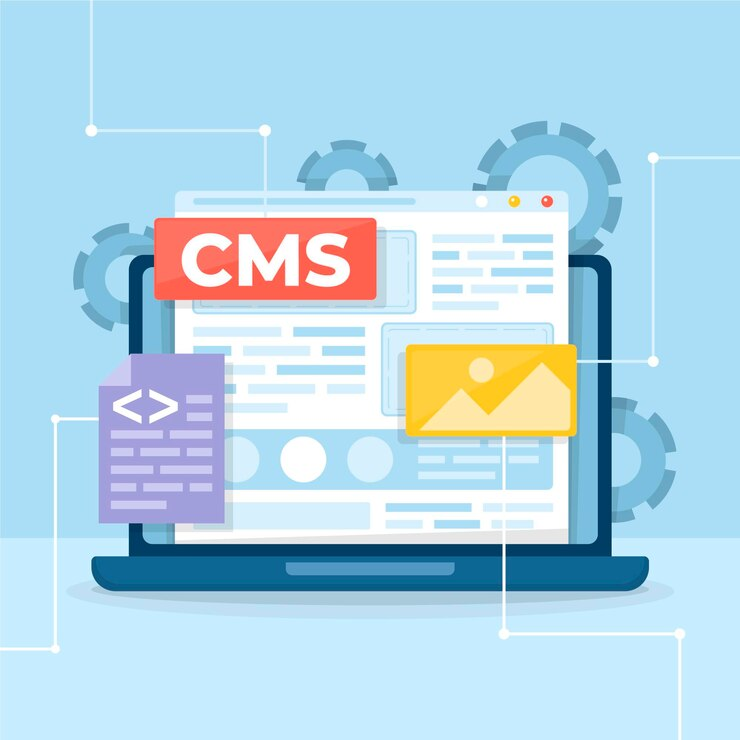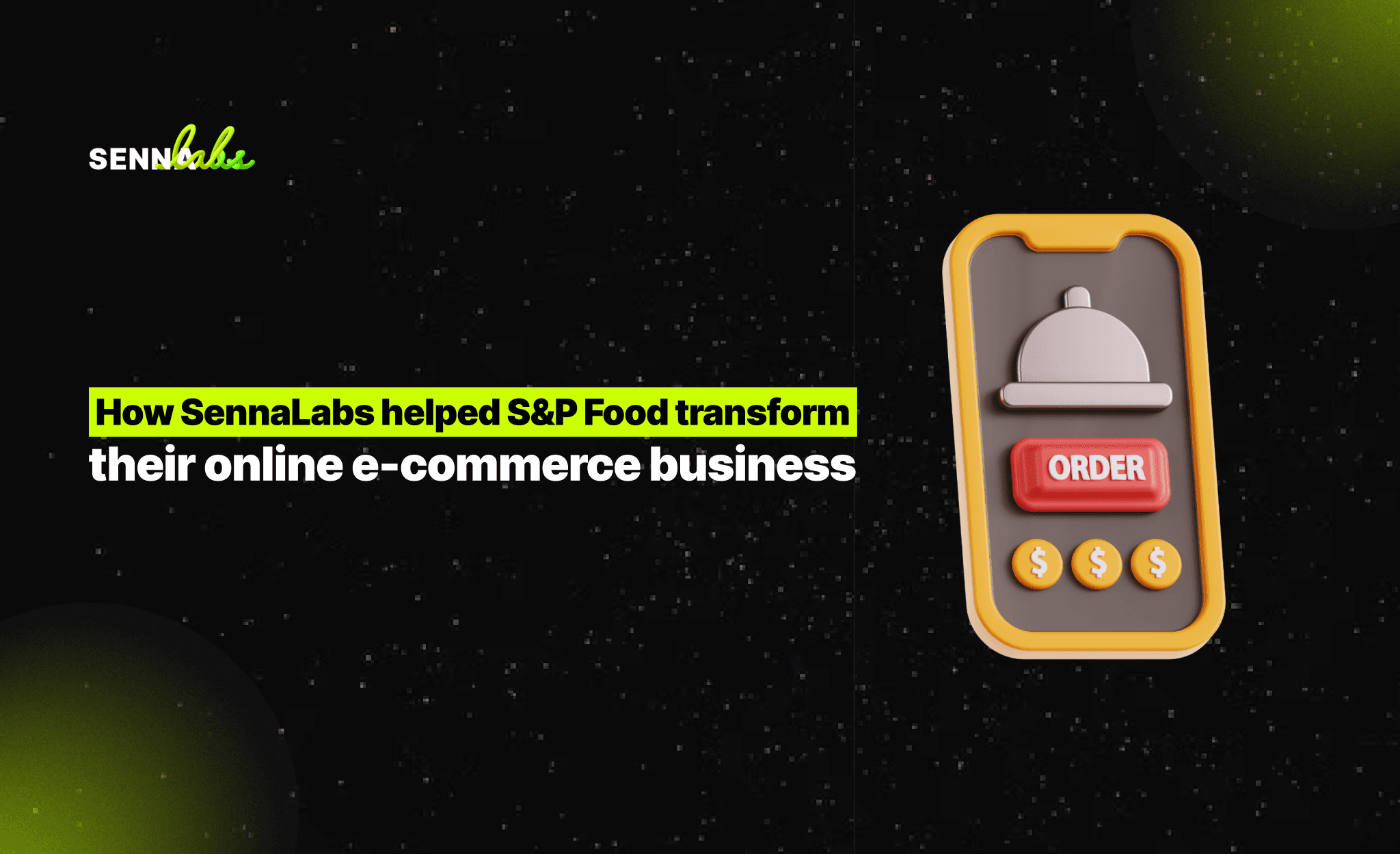Do You Need an XML Sitemap for a Single Page Website?

When you're creating a sleek, minimalistic single-page website—such as a personal portfolio, freelancer landing page, or a straightforward business profile—you might wonder whether you still need an XML sitemap. After all, with only one page to index, a sitemap might seem redundant.
This article clarifies whether single-page websites need XML sitemaps, provides guidance on how search engines handle these sites, and offers effective SEO practices tailored specifically to single-page websites.

What is an XML Sitemap, and Why Does it Exist?
An XML sitemap is a structured file that lists URLs from your website, helping search engines quickly discover, crawl, and index your site's pages. Primarily, a sitemap ensures search engines recognize all your important content, especially helpful for complex or large websites with numerous pages and frequent content updates.
But for websites with only one page, does an XML sitemap serve a useful purpose?
Do Single-Page Websites Need XML Sitemaps?
The simple answer is no—in most cases, a single-page website does not strictly require an XML sitemap.
Here's why:
-
Easy Discovery:
Search engine bots can easily discover and crawl single-page websites without a sitemap. Typically, a single-page site’s URL is already clearly accessible, and linking to it from external platforms or social media usually ensures Google discovers it promptly. -
No Multiple URLs to List:
With only one page, an XML sitemap is unnecessary because its primary purpose is to assist Google in finding multiple pages. Listing one URL provides no practical benefit in crawling efficiency or indexing speed. -
Simplicity:
Single-page websites often intentionally have minimal content complexity. Adding a sitemap is redundant and doesn't provide extra value to Google’s understanding or indexing of your site.
However, there are rare scenarios when having a sitemap—even for a single-page site—could offer minor SEO benefits, such as faster discovery, especially if your single-page site isn't linked externally. Nonetheless, the advantages are negligible for most scenarios.
When Might a Single-Page Website Consider an XML Sitemap?
Even though most single-page websites don't need a sitemap, here are some exceptional situations where it might help slightly:
-
Limited External Links:
If your single-page site is brand-new with minimal or no external links pointing to it, submitting a sitemap to Google Search Console could speed up initial discovery. -
Frequent Content Updates Within the Single Page:
Suppose you frequently update content within your single-page site (e.g., a frequently changing portfolio or event page). In that case, a sitemap can notify Google about these updates slightly more efficiently. -
Use of Rich Media or Special Formats:
If your single-page website primarily contains images, video, or other rich media content, creating a specialized sitemap (e.g., image or video sitemap) may assist search engines in indexing that content more effectively.
However, even in these cases, the benefit is minor. For typical single-page websites, a sitemap is rarely necessary.
Best SEO Practices for Single-Page Websites
Even without needing an XML sitemap, single-page websites must still follow good SEO practices to ensure maximum visibility and ranking potential in Google search results.
Here are key SEO strategies specifically tailored for single-page websites:
1. Optimize Your Page Content Thoroughly
Single-page websites rely heavily on high-quality, keyword-rich content. Since you only have one chance to impress both visitors and search engines, ensure your main content is:
-
Clearly structured.
-
Highly relevant.
-
Optimized naturally around key phrases your target audience searches.
Use clear headings (H1, H2, H3), descriptive text, concise summaries, and clearly explained sections to assist search engines in understanding the purpose and context of your site.
2. Focus on Speed and Performance
Google strongly emphasizes site speed as an SEO ranking factor, and speed becomes even more important for single-page websites, as all content is loaded at once.
-
Compress images.
-
Use minimal, efficient code.
-
Leverage caching.
-
Optimize assets for quick loading.
Excellent performance improves user experience, SEO rankings, and overall site effectiveness.
3. Leverage Anchor Links for Navigation
Single-page sites typically use anchor links to navigate users between sections. To improve user experience and help Google index different page sections as relevant snippets, structure your anchor links clearly.
For example, anchor links like #about, #portfolio, or #contact help Google understand different content sections, potentially improving your chances of earning featured snippets or richer results in search.
4. Prioritize Mobile Responsiveness
Google prioritizes mobile-first indexing. Single-page websites are particularly effective on mobile if optimized correctly. Ensure your website is fully responsive, loads smoothly on mobile devices, and provides an excellent browsing experience across all screen sizes.
5. Ensure Clear Metadata and Structured Data
Clearly define your single-page website’s metadata, including:
-
Title tags: Clear, keyword-rich page title.
-
Meta descriptions: Concise, engaging description for search results.
-
Structured data markup: Helps Google understand important elements (portfolio items, products, or events).
Good metadata improves your single-page website’s visibility and click-through rate in search results.
6. Encourage Quality Backlinks
Backlinks from relevant, authoritative websites significantly boost single-page websites' authority and visibility. Even though your site has just one page, actively seeking high-quality backlinks will dramatically enhance your overall SEO effectiveness.
7. Set Up Google Search Console and Analytics
Even without an XML sitemap, you should submit your single-page website to Google Search Console. It allows you to monitor indexing status, receive alerts for potential issues, and optimize based on insights about your traffic sources and audience behavior.
Common Misconceptions About XML Sitemaps for Single-Page Websites
Myth: "A sitemap improves my single-page site's ranking."
Reality: A sitemap doesn't directly boost ranking. It's mainly for indexing efficiency. With just one URL, a sitemap provides negligible benefit.
Myth: "Google can't find my single-page site without a sitemap."
Reality: Google easily discovers single-page sites through external links, social media, or simple submission via Search Console.
Myth: "I must submit a sitemap to Google Search Console, even for a single-page site."
Reality: Submission is optional. For single-page sites, simply adding your URL in Search Console is sufficient.
So, What's the Bottom Line?
For single-page websites, creating an XML sitemap isn't strictly necessary and typically offers minimal or no SEO benefit. Most single-page sites achieve effective indexing naturally, simply through external linking, social sharing, and Google Search Console submission.
However, it’s still crucial to follow best practices in SEO. Prioritize content optimization, excellent site performance, clear metadata, and strong backlinking strategies to ensure your one-page website performs well in search results.
In short, skip the XML sitemap but continue focusing on clear, effective SEO strategies to enhance your single-page website’s visibility, usability, and success.
Your single-page website can absolutely thrive without an XML sitemap—just keep your content strong, clear, and optimized, and Google will handle the rest.


Subscribe to follow product news, latest in technology, solutions, and updates
Other articles for you



Let’s build digital products that are simply awesome !
We will get back to you within 24 hours!Go to contact us Please tell us your ideas.
Please tell us your ideas.







